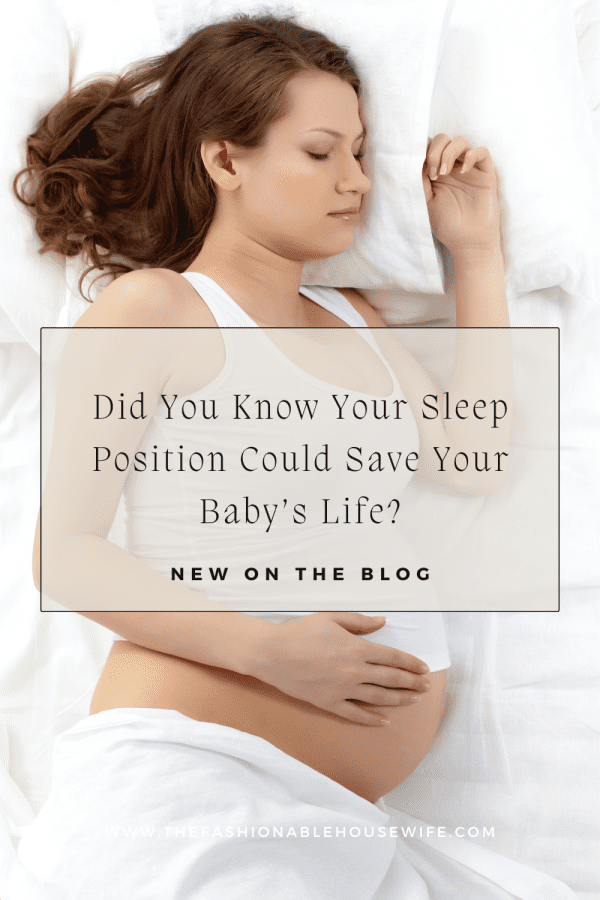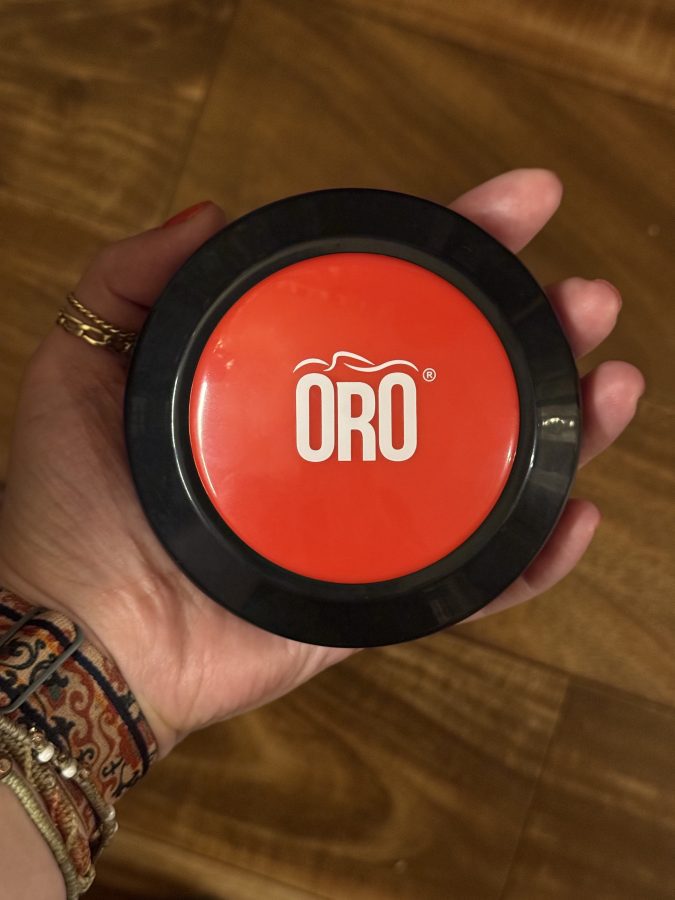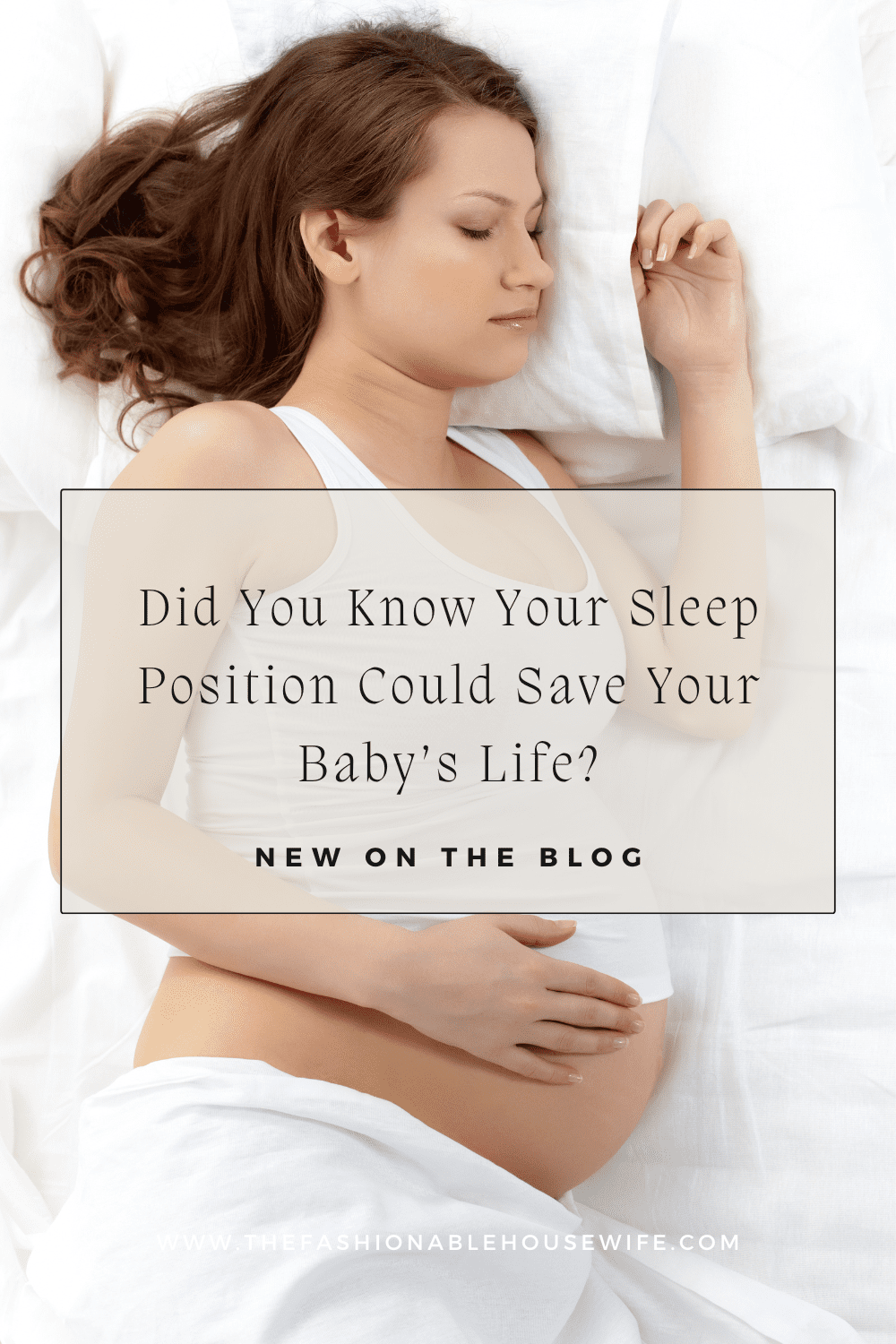Did You Know Your Sleep Position Could Save Your Baby’s Life?

Losing a child is the kind of heartbreak that never leaves you.
As a mother of six on earth and one in Heaven, I carry both joy and unimaginable grief in my heart. My sixth baby was stillborn at 20 weeks gestation from hydrops fetalis. While the cause of my loss wasn’t related to sleep position, I still feel an overwhelming responsibility to raise awareness about the risks we can do something about—especially if it might prevent another mother from facing this pain.
That’s why I want to share what I’ve learned about sleep positioning during pregnancy, and an incredible product that is making waves in stillbirth prevention.
The Research We Can’t Ignore
Recent research led by Professor Alexander Heazell at Tommy’s Stillbirth Research Centre in Manchester shows a significant connection between how a pregnant mother sleeps and her baby’s safety. The studies reveal that sleeping on your back during the third trimester more than doubles the risk of stillbirth compared to sleeping on your side.
Why? When a pregnant woman lies flat on her back, the uterus can compress a major vein that carries blood to the heart and placenta. This may reduce oxygen and blood flow to the baby, increasing the risk of complications.
Professor Heazell and his team have worked tirelessly to bring this knowledge to light and advocate for practical ways to reduce stillbirth risk. One of those ways? Side sleeping.
It sounds simple—but any mama who’s made it to the third trimester knows that nothing about sleep is easy at that point. You’re uncomfortable, exhausted, and not always aware of how your body shifts in the night.
That’s where the ORO Stillbirth Sensor Alarm comes in.

A Small Device That Can Make a Big Difference
We were fortunate to receive the ORO Stillbirth Sensor Alarm for review, and I was deeply moved to learn that it was developed in collaboration with Professor Heazell himself. This small, discreet device is designed to help expectant mothers maintain safe sleep positions throughout the night—without disturbing the rest of the family.
Here’s how it works:
- You wear it in your bra, on your back, while you sleep.
- If you roll onto your back, the sensor gives you 25 seconds to self-correct.
- If you don’t move, it gently vibrates to prompt you to shift back to your side.
- The alarm only vibrates—you won’t hear any startling sounds, and it won’t wake your partner.
This isn’t just another gadget. It’s a medical device, CE certified, and designed with empathy, especially for women who’ve experienced loss. Originally, the alarm emitted a baby-cry sound—but based on input from grieving mothers and Professor Heazell himself, that was changed to vibration-only. That attention to emotional detail speaks volumes.
More Than Just an Alarm
ORO also developed a specialized mattress with a pressure relief comfort recess designed to support pregnant bodies throughout every trimester. Together, the ORO mattress and alarm system create an environment where restful, safe sleep is more than just a hope—it’s a reality.
I can’t help but think how many lives could be saved if every expectant mother had access to tools like this. Stillbirth isn’t rare—around 22,000 babies are stillborn in the U.S. each year. Globally, that number climbs to over 3.5 million.
If something as manageable as sleep position can reduce the risk by over 50%, shouldn’t we all be talking about it?
A Message From One Mother to Another
I wish I didn’t have a reason to care so deeply about this topic. But I do.
I know what it’s like to leave the hospital with empty arms. I know how heavy the silence is when a nursery goes unused. And I know that if I can help even one family avoid this kind of grief, I have to try.
If you’re expecting—or trying again after pregnancy loss—please talk to your healthcare provider about sleep safety. Watch Professor Heazell’s video here and learn more about the research behind side sleeping and stillbirth prevention on Tommy’s website.
And if you’re looking for an easy way to make safe sleep second nature, I highly recommend the ORO Stillbirth Sensor Alarm. It’s not a luxury. It’s peace of mind.
We may not be able to prevent every tragedy, but we can take steps to protect our babies. And that matters more than anything.

